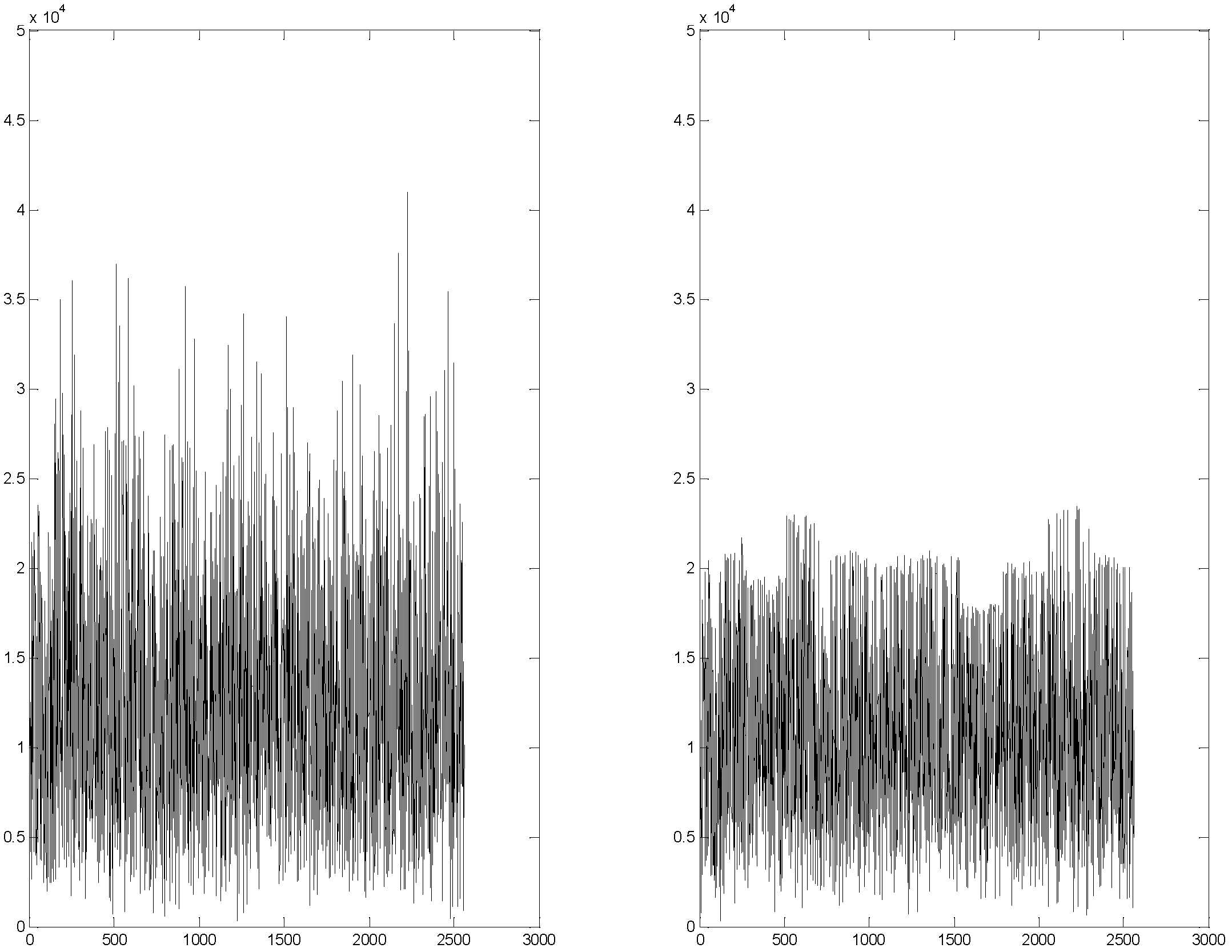OFDM (Orthogonal Frequency Division Multiplexing) peak-to-average power ratio lowering method based on constellation linear expansion
A technology of linear expansion and constellation expansion, which is applied in the field of OFDM peak-to-average ratio reduction based on linear constellation expansion, can solve problems such as in-band noise, coding rate drop, and high peak-to-average ratio, and achieve a small impact on the system bit error rate and hardware implementation Low cost and reduced peak-to-average ratio
- Summary
- Abstract
- Description
- Claims
- Application Information
AI Technical Summary
Problems solved by technology
Method used
Image
Examples
Embodiment Construction
[0026] The present invention will be further elaborated below in conjunction with the accompanying drawings.
[0027] Such as figure 1 As shown, the OFDM peak-to-average ratio method based on constellation linear expansion of the present invention first maps binary sequences to constellation points (usually BPSK, QPSK and QAM, etc.), and then transforms them into time-domain signals through IFFT, which is called OFDM Symbol, for an OFDM system containing L subcarriers, the power-normalized complex baseband signal obtained by IFFT calculation:
[0028] x n = 1 L Σ k = 0 L - 1 X k e j 2 π N ...
PUM
 Login to View More
Login to View More Abstract
Description
Claims
Application Information
 Login to View More
Login to View More - R&D
- Intellectual Property
- Life Sciences
- Materials
- Tech Scout
- Unparalleled Data Quality
- Higher Quality Content
- 60% Fewer Hallucinations
Browse by: Latest US Patents, China's latest patents, Technical Efficacy Thesaurus, Application Domain, Technology Topic, Popular Technical Reports.
© 2025 PatSnap. All rights reserved.Legal|Privacy policy|Modern Slavery Act Transparency Statement|Sitemap|About US| Contact US: help@patsnap.com



